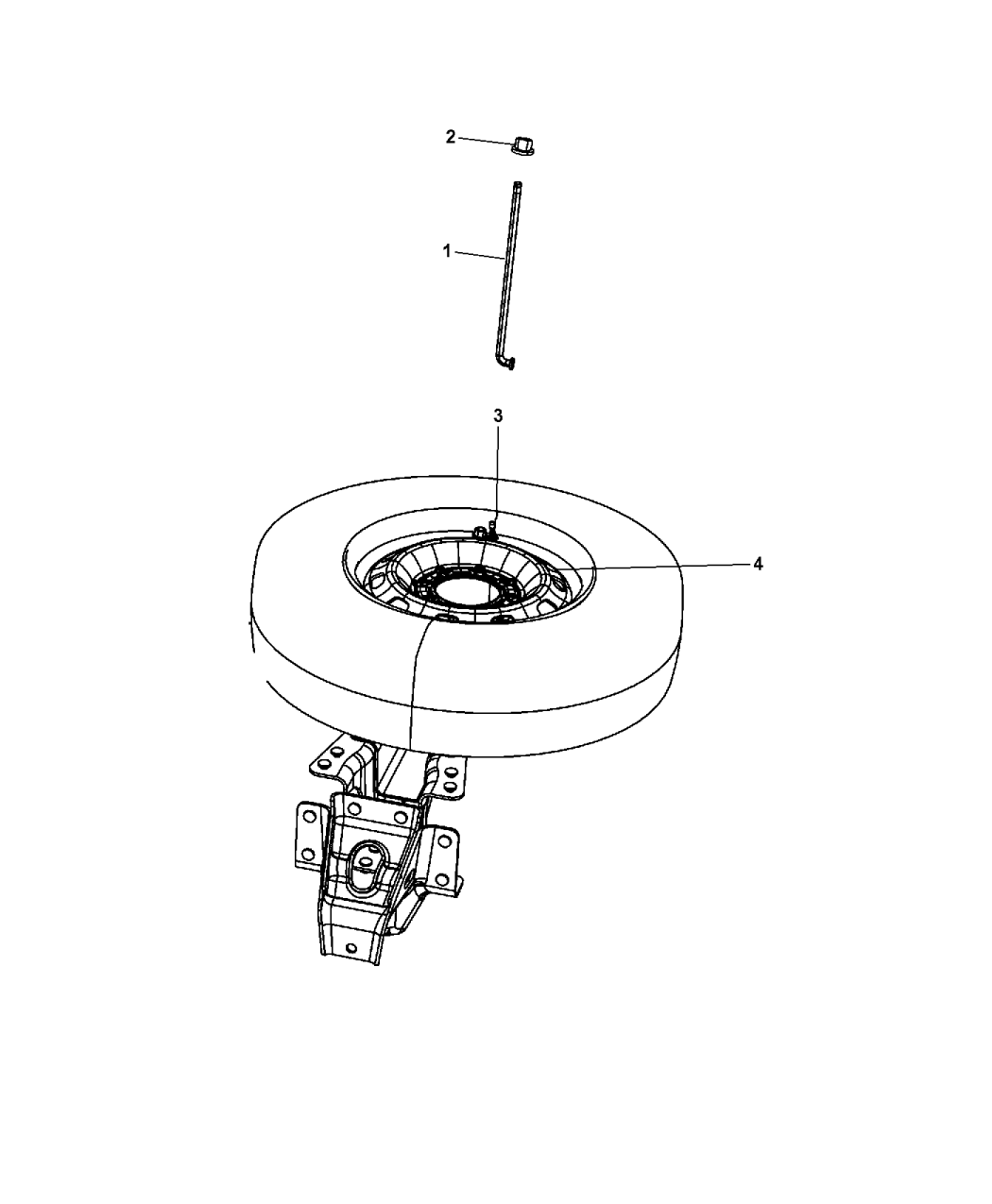
When using the simplified hardware emulation, as suggested, most parts will be quite short. BIOS consists of a few abstract calls to read/write devices - mostly console and disk. The default way to write a BIOS is to take the Skeletal CBIOS listing from Appendix A of the manual. Back in the days an approach based on a sufficient Boot-ROM was preferred as it not only helps a lot bringing up the system, but encapsulates much hardware related issues. It may be based on the Boot-ROM functions, or be complete self contained - the later mandatory if the Boot-ROM is a very minimal version. That value may need to be adapted when you're done generating a system. All depending on the amount of space your BIOS needs.
#Goodway ram 4 parts list code
The whole purpose of that code is to load the CP/M code starting at track 0 sector 1 to whatever the load address for CP/M will be on your 'system' usually some higher up value like 0E000h. Starting at track 0 sector 1 There were machines like that, then again, for an open system it's better to pack the CP/M specific code in sector 0 track 0, which is reserved by CP/M for the Cold Start Loader.

Well, this step is kind of optional, as the boot ROM could already contain dedicated code to load CP/M. I do not expect your boot ROM being larger than 2 KiB. This also enables some checks to see if the disk is bootable - having the system crash or do crap when a different media is 'inserted' is a real bad idea.Ġ800h may be a good default address to load the first sector to. Personally I'd go with a boot sector, as CP/M reserves the first sector for it. there#s no way, except by reset, to map it in again.įor it's boot function it depends if there is a boot sector, or if the ROM is directly made to boot CP/M. The last one is imperative as CP/M (and next to any other Program) do love to change the vectors :)) Usually a one way feature, i.e.

offers every character typed in that window to your (virtual) computer.forwards each character written to to some (terminal) window.

simply a pair of ports for communication, acting like a pipe, build as.
#Goodway ram 4 parts list serial
a detailed emulation of a serial port with all bells and whistles, or, as I would suggest, a.Until here it's Hardware/Firmware development, after that it's porting CP/M, as described in DR's CP/M Operating System Manual, the original one stop shop for bringing CP/M to a new machine.



 0 kommentar(er)
0 kommentar(er)
